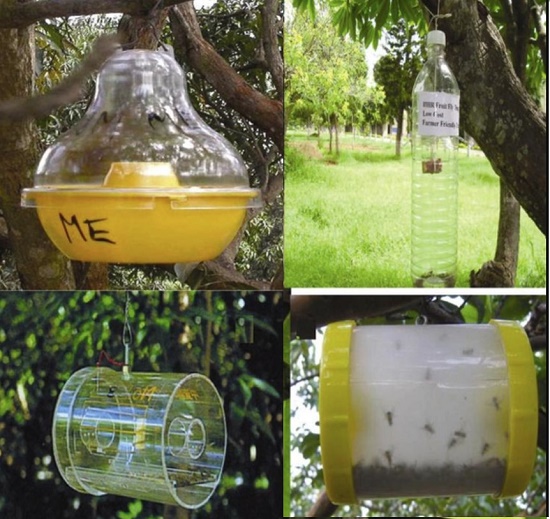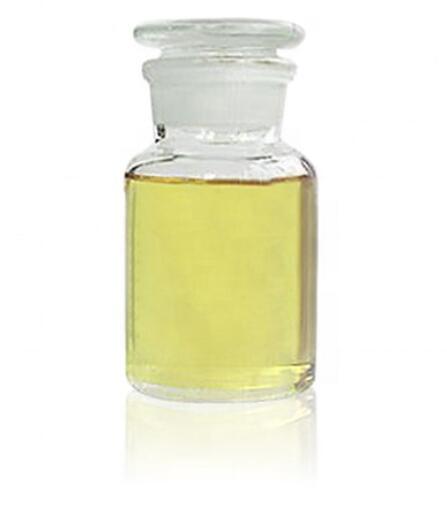Methyleugenol——The application and potential risk
General Description
Methyleugenol (ME) (4-alkyl-1, 2-dimethoxybenzene-carboxylate) is a natural chemical compound classified as a type of phenylpropanoid and it is the methyl ether of eugenol. ME is a widely distributed natural plant product and occurs in > 200 plant species in 32 families found mainly in the tropics. It is consumed by humans and animals in many plants and fruits (e.g., anise, nutmeg, basil, blackberry essence, bananas, and citrus) [1], and ME is a yellowish, oily, naturally occurring liquid with a clove-like aroma and is present in many essential oils (figure1) [2].
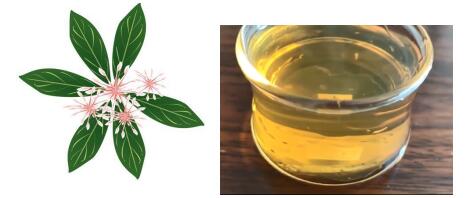
Figure 1 The source of methyeugenol (Left) and the appearance of methyeugenol (Right)
Application of Methyleugenol
ME is used as a flavouring agent in jellies, baked goods, non-alcoholic beverages, chewing gum, candy, puddings, relishes and ice cream and it is also widely used as a fragrance ingredient in perfumes (0.3–0.8%), creams and lotions (0.01–0.05%), toiletries and detergents. Moreover, ME has been used as an anaesthetic in rodents and it also is used as an insect attractant in combination with insecticides.
Methyleugenol is also a component of several essential oils that are sold for use in aromatherapy, massage oils and alternative medicines. Some essential oils, including citronella (Cymbopogon spp.), basil (Ocimum spp.), bay (Laurus nobilis) and tea tree (Melaleuca spp.), which may contain a high percentage of methyleugenol are used as fragrances in consumer products, such as personal care products and household cleaners. For example, citronella oil, which may contain methyleugenol, is an active ingredient in some commercially available personal insect repellent lotions and sprays that are applied to the skin and it is also used in outdoor candles and torches as an ambient insect repellent [3].
Potential Exposure
Daily human exposure to ME has been estimated at the microgram to milligram level through the ingestion of foods that contain the compound. Exposure can also occur via inhalation and dermal contact through the use of personal care products. However, excessive use may be carcinogenic. Phenols are potent chemicals with strong therapeutic actions, but safety concerns: overuse can be toxic to the liver or genotoxic, meanwhile, phenols can also be a skin and mucous membrane irritant [4].
References
[1] https://www.sciencedirect.com/topics/agricultural-and-biological-sciences/methyl-eugenol
[2] https://pubchem.ncbi.nlm.nih.gov/compound/methyleugenol
[3] https://www.ncbi.nlm.nih.gov/books/NBK373178/
[4] https://www.earthtokathy.com/methyleugenol/
);You may like
Related articles And Qustion
See also
Lastest Price from Methyl eugenol manufacturers
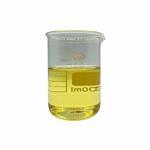
US $6.00/KG2024-04-22
- CAS:
- 93-15-2
- Min. Order:
- 1KG
- Purity:
- More than 99%
- Supply Ability:
- 2000KG/MONTH
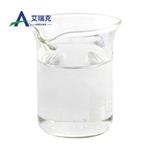
US $0.00-0.00/Kg2024-04-07
- CAS:
- 93-15-2
- Min. Order:
- 1Kg
- Purity:
- 99.9%
- Supply Ability:
- 200 tons

